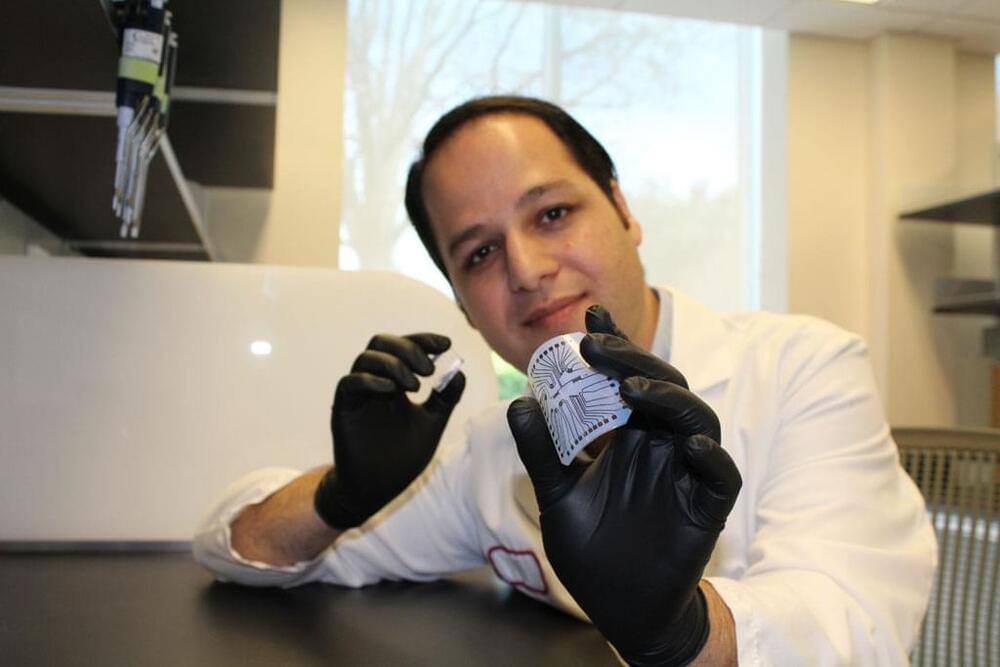😀
Tesla hasn’t yet shipped the Cybertruck, or the full-size Cyberquad that made a splashy debut at the introduction of its Blade Runner-esque pickup truck, but you can get a mini Cyberquad designed for the kiddos starting in 2–4 weeks if you order one right now from its website.
The Tesla “Cyberquad for Kids” is available to purchase on Tesla’s site for $1,900 — a steep price relative to your average Power Wheels, but the lowest-priced vehicle in Tesla’s existing lineup by far. And the Cyberquad’s materials are a cut above your average battery electric kid car, with a “full steel frame,” along with cushioned seating and fully adjustable suspension.
It may be the cheapest Tesla you can buy, but it’s also the most limited when it comes to range: You’ll get up to around 15 miles on a full charge, which takes five hours, according to the company. It’s also not going to break any land speed records, with a speedometer that tops out at 10 mph (which you can limit to a max of 5 mph for safety, if desired). That’s still plenty fast for a kid’s ride-on vehicle, which is probably why Tesla labels this one as designed for kids at least 8 and up, with a max weight of 150 lbs.









